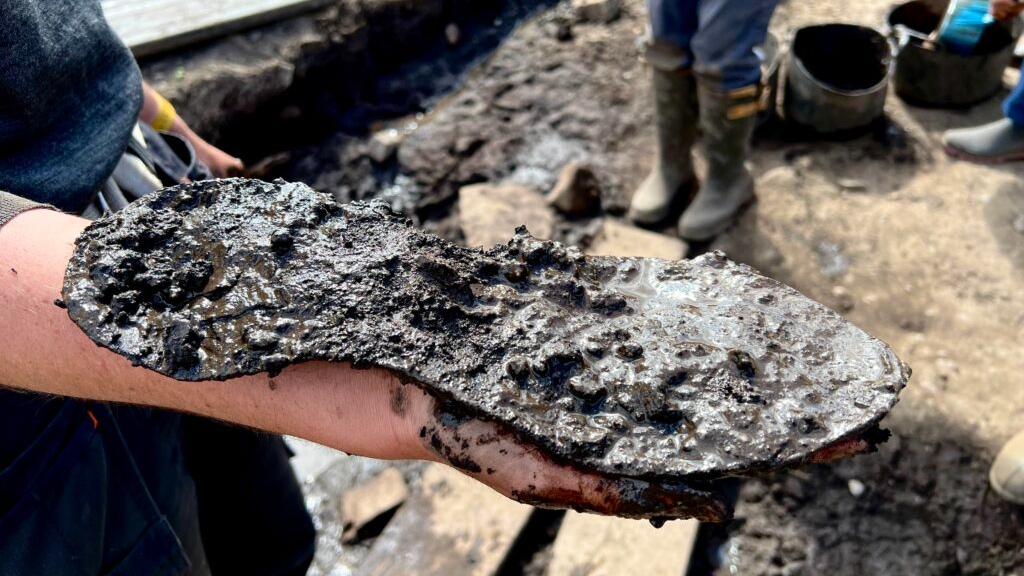Germs Really Are Everywhere (Infographic)

Having an attendant pump your gas may be in order, with new research suggesting gas-pump handles, along with ATM buttons and mailbox handles, among the dirtiest surfaces Americans touch, at least in the six major cities where testing was completed.
The testing was conducted by trained hygienists in high-traffic locations in Atlanta, Chicago, Dallas, Los Angeles, Miami and Philadelphia. Swabs were tested for ATP, which is a primary source of energy in cells, and so can indicate the presence of animal, bacteria, yeast and mold cells.
"People do not realize the amount of contamination they are exposed to going to work each day and doing everyday things like filling their gas tank or riding on an escalator," Charles Gerba, a professor of microbiology at the University of Arizona, said in a statement. "This new testing is compelling because it underscores the importance of hand and surface hygiene. Most cold and flu viruses are spread because people touch surfaces in their immediate area and then touch their faces, other objects and other people. Washing and drying your hands frequently throughout the day, can help prevent your risk of getting sick or spreading illness around the office."
But there is such a thing as overdoing it when it comes to hygiene. Recent research has found evidence that too much cleanliness is linked with poorer immune systems and a possible rise in allergies. Called the hygiene hypothesis, living in more sterile environments can lead to higher rates of illness as our bodies become less familiar with everyday grime. For instance, scientists in Germany found children exposed to farm animals (and the associated bacteria and other microbes hiding out there) were about half as likely as other children to develop the autoimmune illness Crohn's disease.
And a study published in 2009 in the journal Proceedings of the Royal Society B: Biological Sciences, found that exposing kids to common everyday bacteria and microbes may play a helpful role in the development of the body's inflammatory systems, which plays a crucial role in the immune system's fight against infection.
A study published in a 2002 issue of JAMA concluded that children living in a house with two or more dogs or cats during their first year of life were much less likely to develop allergic diseases compared with children raised without pets. Allergies, like those toward pets, are a reaction by the body's immune system to foreign, yet generally innocuous, substances, including pollen, mold, animal dander, dust and certain foods that it deems harmful. If your immune system has never or rarely detected even the natural background level of such substances, it can go haywire when contact does occur.
The evidence suggests balance may be the answer, with some research supporting handwashing and the use of hand sanitizers to keep the flu and other viruses at bay, though sanitizing every surface you touch could do more than suck up precious time.
Sign up for the Live Science daily newsletter now
Get the world’s most fascinating discoveries delivered straight to your inbox.

